As we approach end-of-year celebrations and the warmer months, it is important that homeowners check their smoke alarms to ensure they are in good working condition and installed in suitable areas.
Fire & Rescue NSW is encouraging vulnerable people to contact their local fire station to organise a home ‘Safety Visit’.
A home ‘Safety Visit’ will have firefighters visit your home and inspect your smoke alarms to determine whether they are in good working condition.
If your home requires a new smoke alarm or a change of batteries, Fire & Rescue NSW will organise this, at no cost to homeowners.
Federal Member for Robertson, Dr Gordon Reid MP, says this initiative is an outstanding service.
“There are vulnerable people in the community who cannot always check to see whether their smoke alarms are working or suitably located in the house”, Dr Reid said.
“This service allows vulnerable people to organise Fire & Rescue NSW to visit their home and identify any potential problems with their smoke alarms”.
“As an emergency doctor, I cannot overstate how important home smoke alarms are for your health and for peace of mind”, Dr Reid said.
“Smoke alarms provide an early warning of a potentially deadly fire and reduce the chances of harm”.
“I thank all our emergency service workers, especially our firefighters who respond to a range of challenging callouts every day – our community is so appreciative”, Dr Reid said.
Saratoga Fire Station Captain, Mr Craig Dodds, says Fire and Rescue NSW (FRNSW) is encouraging the local community to stay vigilant around fire danger this spring.
“There were 930 residential fires across NSW in spring last year.
“No fewer than 40% of them started in kitchens or cooking areas so your local firefighters want to help you stay safe during the warmer months.
Captain Craig Dodds from FRNSW’s Saratoga Fire Station warns, “Always keep ‘looking while you’re cooking’ and if a fire breaks out on your stove, never throw water on it…that will make the flames more intense”.
“Turn the stove off and ensure you have a fire blanket nearby to place over the fire and smother the flames.”
“Make sure you have at least one smoke alarm in working order, installed in or near bedrooms as a priority. We also recommend you invest in at least one fire extinguisher for your home.”
“If you have several, ensure they’re interconnected so an alarm sounding in one part of your home will activate the others”.
“This is the time of year when we tend to get stuck into some spring cleaning,”
“Clear your yards of debris and flammable materials like cardboard boxes and old furniture that could catch alight in a bushfire”.
“Cut back any foliage you might have and clear your gutters of leaf litter”.
“The warmer weather also means barbecues”.
“When you’re cleaning your gas-powered outdoor cookers, check there are no leaks and that hoses and nozzles are in good, working order”.
“As the weather gets warmer, you’ll be using your e-bike or e-scooter more. Remember, don’t charge it where it will block your exit path out of the building if there is a fire.”
“If you haven’t created a home escape plan with your families or fellow residents, take the time to map one out…Where is the easiest escape route in the event of a fire? Do you have a back-up option? Are you able to phone Triple-Zero (000)? Do you have stairs that might be cut off in a blaze? What about access to a torch if the power goes out?”
“The time to think about these issues is now…not in the heat of a house fire,” Captain Dodds said.
“Familiarise yourselves with identifying your path to safety and maybe run a few fire drills with others in your home to make it second nature”.
“If a major fire does occur in your home, get out and stay out, don’t risk your life by going back in for a few belongings”.
“In the event of a fire, we’ll be there…but every second counts and you can improve your odds of survival by following this advice.”
- Dust and check smoke alarm
- Clear lint filters
- Replace damaged or frayed electrical cords.
- Safely dispose of any flammable liquids
- Roll and store electric blankets.
- Safely dispose of or recycle lithium batteries.
- Disconnect battery charges when not in use.
- Safely store flammable materials such as paints and cleaning products
- Degrease oven, stovetops and rangehoods.
- Clear leaves and debris from gutters
- Check and maintain BBQs.
- Organise and declutter garages.
- Review and update your family’s fire and emergency plan.
- Remove obstacles and clutter from emergency exits.
- Implement or review your Bush Fire Survival plan.
Anyone can organise to have a home ‘Safety Visit’, however, there are people within our communities that are at greater risk of fire incidents, including those over the age of 65, those who live alone, people living with disability, people who are supported by carers, and people with English as a second language.
For more information and to organise a ‘Safety Visit’, head to: https://www.fire.nsw.gov.au/visits
ENDS



